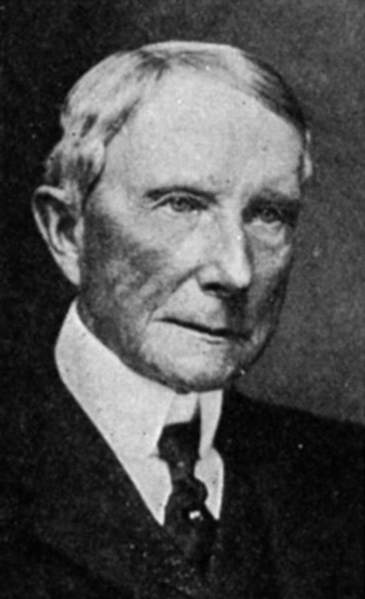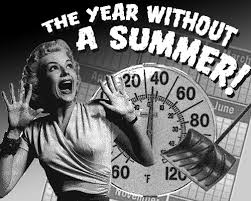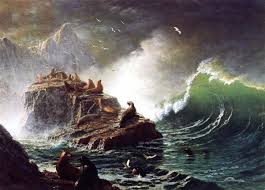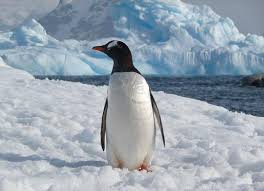
FROM-Washinton Times
By Wesley Pruden
The Senate is losing its grip on unreality, so it may be up to whoever can teach manners to cows and pigs to save us from the consequences of global warming. (We're supposed to call it "climate change" now, but some of us, being strict constructionists, remain faithful to the original text as set down by the founding father, Al Gore.)
Sen. Max Baucus of Montana, a leading Democrat, says he now has "serious reservations" about Sen. Barbara Boxer's global-warming bill, and if he deserts Babs and her coterie of climate hysterics there may be no global-warming legislation this year. This would probably suit most senators, even those who would have to vote for it.
Babs and her like-minded Senate colleagues want to get the legislation passed quickly, just like the health care "reform" legislation, and for the same reason. The longer the wait, the more it smells. A lot of legislation, like mackerel and other fishes, must be consumed quickly, or else not at all. Babs, Al and their congressional friends and colleagues must hurry, before the multitudes notice that the sky is still safely overhead.
Certain kooks insist that we don't have much time before everything goes poof, anyway. The year 2012 is often cited as the year the cosmic screen will go dark, perhaps when the Hadron Collider will either swallow our globe whole, like a python breakfasting on the family dog, or reduce the globe to the size of a tennis ball. "Imagine seven billion of us trying to stand on a tennis ball," observes Rod Liddle in the London Spectator. "You just hope personal hygiene standards won't be sacrificed."
But even being swallowed whole in a nanosecond would be less painful than being parboiled over time, as Al Gore predicts. Better swallowed than sauteed. This could be Al's most persuasive argument if he could only think to make it.
Even short of parboiling, bad times lie ahead. Lord Stern of Brentford, identified by the London Times as "a leading authority on global warming," says we must all consider becoming vegetarians to conquer global warming, or earthly cooling, or climate change, or whatever the season's fashionable terminology may be.
"Meat is a wasteful use of water and creates a lot of greenhouse gases," he says in an interview. "It puts enormous pressure on the world's resources. A vegetarian diet is better."
Direct "emissions" of methane from cows and pigs is a significant source of greenhouse gases, and methane, Lord Stern says, is 23 times more powerful than carbon dioxide as a global warming gas. Anyone stranded in a crowded elevator on a Friday afternoon, the day Navy bean soup is the special in the cafeteria, would offer no argument to Lord Stern's stern warning.
Teaching cows and pigs to show consideration for their fellow creatures would be only a very long-term solution, perhaps beyond even the persuasive powers of Al, Babs, Barack Obama, John Kerry and others peddling the frantic alarums that somebody has to do something about the weather, even if it bankrupts the nations of the world. Lord Stern concedes that "a successful deal" at the forthcoming Copenhagen conference on global warming, where the United States and the developed nations of the world are expected to answer the altar call to repent and reform, would lead to soaring prices of meat.
Lord Stern, once the chief economist at the World Bank and now a professor at the London School of Economics, predicts that a juicy cheeseburger or a ham sandwich -- not to speak of a tenderloin of beef, medium rare -- will one day be as unfashionable as driving drunk. "People change their notion of what is responsible. They will increasingly ask about the carbon content of their food." Lord Stern says he is not a vegetarian himself, of course. It is not important to do as he does, but to do as he says do.
Rude as burping sheep, windy cows and flatulent pigs may be, as they go about doing what comes naturally in the rustic innocence of the barnyard, vegetables are sources of bucolic villainy, too. The glorious tomato, the senior partner of bacon and (iceberg) lettuce in that best of all sandwiches, is a source of greenhouse gas, too. So, alas, are many other fruits and vegetables. Beer and booze may have to go, too, since hops and malt generate nearly 2 percent of greenhouse gases in certain countries.
Unless the Hadron Collider can finally get cranked up in time to send us into the safe embrace of an enormous black hole, we may soon be freezing (or parboiling) in the dark, supping on thin pumpkin gruel with Babs and Al. All is woe.
More...







 FROM-
FROM-






















